“A 50,000 square metre car park needs a total of 70 HD cameras to provide effective coverage, whereas it would only require 21 [insert brand name] 4K cameras – much less hardware to manage and maintain.”
We’ve heard that before. Or: “We estimate that costs could be reduced by as much as 50% as one [brand name] 4K camera offers the image quality and coverage of four full HD cameras!”
Will we be left with broken systems, faded images, and vanishing ROI?
Promises, promises! We’ve heard it all before. The ‘Megapixel Wars’ of the last five years come to mind.
But with all the resolution promises of megapixel cameras, HD is only now reaching critical mass in the security industry. Why should we believe what we are told about 4K?
Much has already been written about the factors affecting the adoption of 4K as a standard in the security industry. These typically include the cost of infrastructure and hardware.
However, technological and market advances have already addressed these limitations with, for example, the introduction of H.265 compression and the rapidly declining price of 4K monitors. And with our knowledge of the speed of market adoption of HD, 4K is on course to become the next big video surveillance standard within 2-5 years.
But not much has been written on the importance of finding compatible high performance lenses for use in these emerging 4K systems. Without a compatible lens, the lens will become the limiting factor in the system, throttling the overall image resolution performance, and effectively wasting the investment by delivering sub-4K images.
There are only a few commonly used 4K sensors in the security market today. These sensors are not much larger than those used for HD or higher megapixel resolution cameras, but their pixel count is significantly higher and the pixel sizes they generate are necessarily much smaller.
For example, while a typical 5 megapixel sensor is 1/ 2.5” in size with 2.3 micron-sized pixels, the IMX172 4K sensor from Sony is 1/ 2.3” in size, with 1.55 micron-sized pixels – that’s 33% smaller than the pixels of the 5 megapixel sensor.
Meanwhile, the Sony IMX226 sensor is larger at 1/1.7” in size with 1.85 micron-sized pixels – 19% larger than the pixels of the IMX172 sensor, but still 20% smaller than the typical 5 megapixel sensor pixel size.
The pixel size also dictates the level of contrast in line pairs per millimetre that the lens is required to resolve. For example, the smaller 1.55 micron-sized pixel requires the lens be able to distinguish 300 line pairs per millimetre, while the 1.85 micron-sized pixel requires the lens distinguish 270 lp/mm.
Finding a lens with the power to resolve the smaller size pixels and deliver adequate contrast is a challenge. The focal plane spot size of the lens must be comparable or smaller than the pixel size on the sensor (Figures A and B), otherwise the rays of light trained through the lens will fall off the pixel and the image will be muddy, instead of crisp.
The availability of lenses which can resolve these small 4K pixels is limited right now. They typically require a more complex lens design. The design requires a greater number of more complicated elements such as plastic molded aspheres.
They need better glass, plastics, and coating materials. Adding IR correction for Day/Night performance in 4K resolution presents further design, manufacture and cost challenges to work through.
Camera companies have in some cases paired fixed focal length machine vision lenses with their newly- minted 4K cameras. Varifocal lenses which give the installer more control over fine- tuning field of view and fewer lens types to order are even more difficult to find right now with acceptable 4k performance, especially in sizes compact enough fit in reasonably-sized dome cameras.
As one can imagine, the smaller size 4K pixels cannot physically collect as much light as those of the larger pixel size sensors. This reduces image quality in low light conditions. This would lead one to believe that the industry would be more inclined to adopt the larger, 1/ 1.7” pixel-sized sensor.
However, a larger sensor requires larger lenses, making both sensor and lens more expensive. So from this we can predict that the smaller, 1/2.3” 4K image sensors will be selected for 4K economy-line cameras; while the larger 1/1.7” sensors may be reserved for top-end, ‘high performance’ 4K cameras. The cameras and lenses are still only made in low volumes, making them more expensive.
These higher performance, higher resolution lenses support smaller pixels. They also increase the complexity and cost of lenses. However, without these new lenses, 4K is in danger of over-promising and under-delivering.






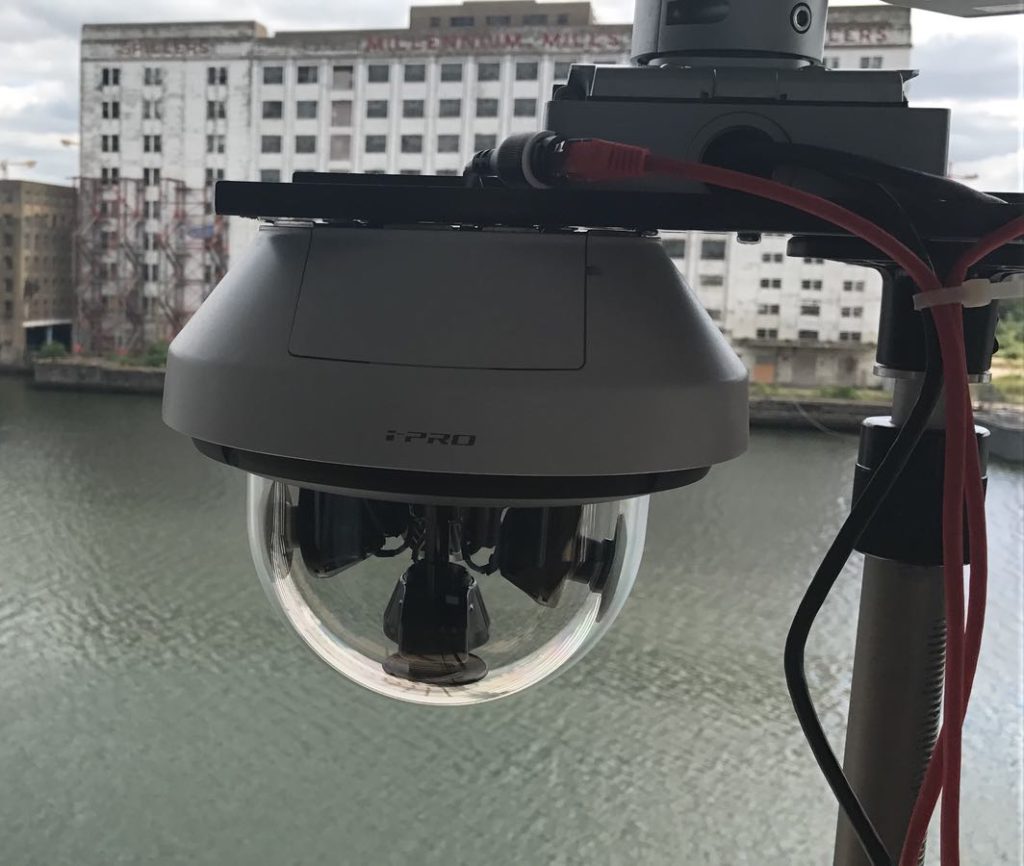
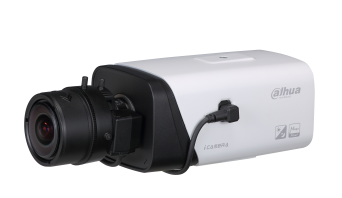
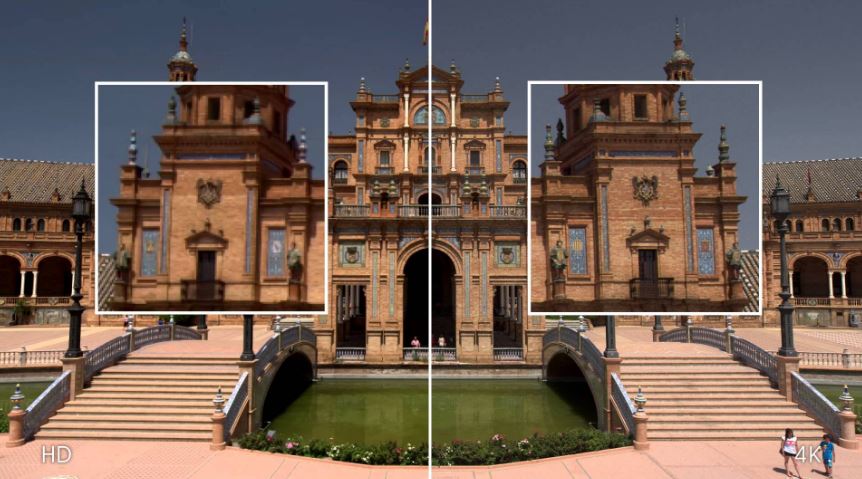
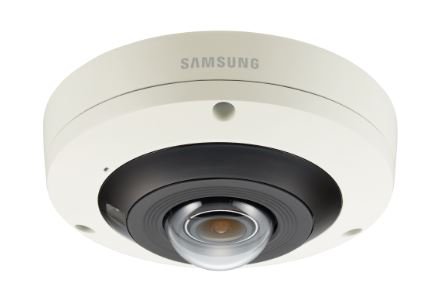
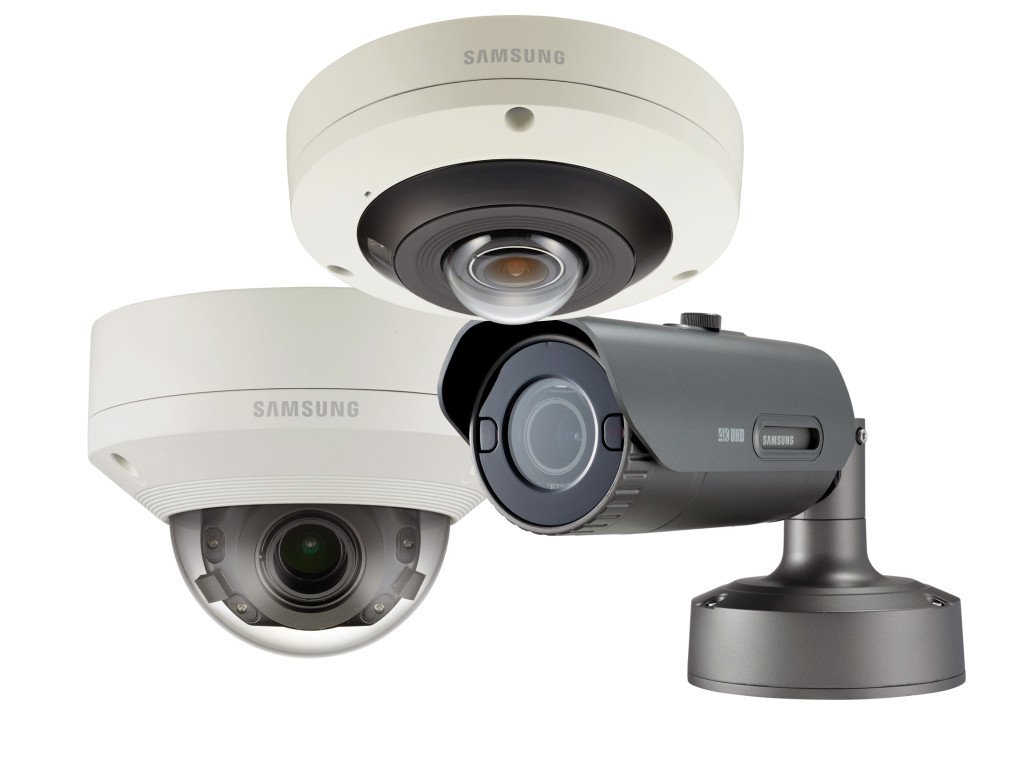
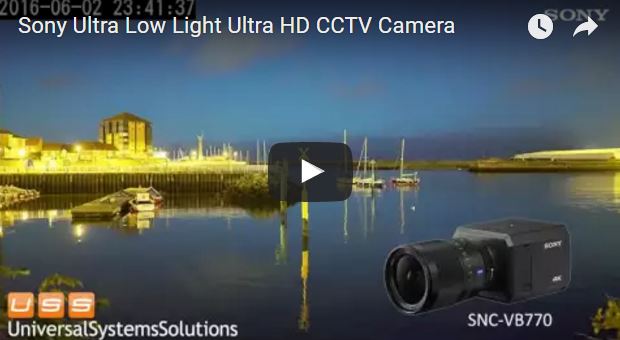
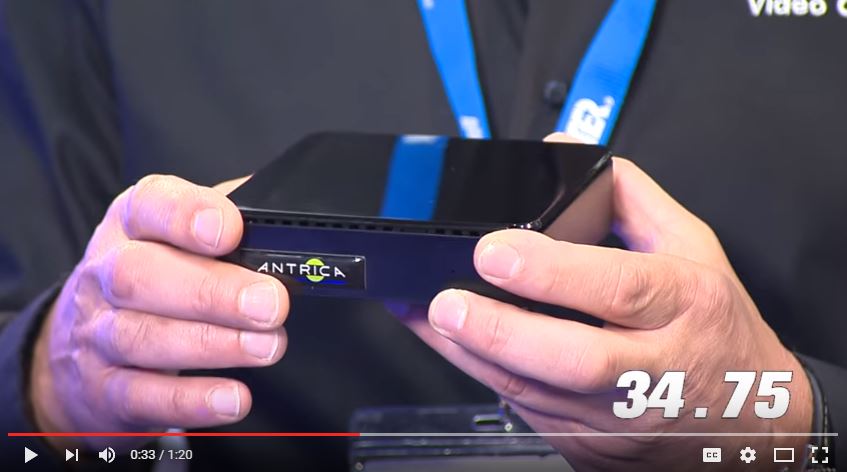
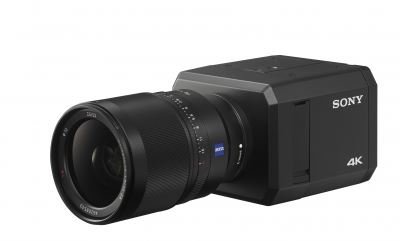

For most general imaging, the statement “The focal plane spot size of the lens must be comparable or smaller than the pixel size on the sensor” is overly stringent. Generally lenses meet a Nyquist criteria for resolution compared to the sensor; that is to say the sensor oversamples the optical image by 2x. Therefore the focal plane spot of the lens must be comparable to the size of two pixels (or a 2×2 array of pixels). Still, this very challenging for most 4K imagers and most lenses out there today are not up to the challenge.
Leo Baldwin Yes, you are correct about the lens needing to resolve a pair of lines or pixels, rather than a single pixel. Thank you for pointing that out. As we also indicate in the article, a user will want to choose a lens that is designed to distinguish the line pairs per millimeter as determined by the pixel size per the Nyquist frequency. It is important that the lens resolve a line pair that is 2x the size of the pixel for the specific sensor being used to have good resolution. We do see a Moire pattern using our lenses… Read more »